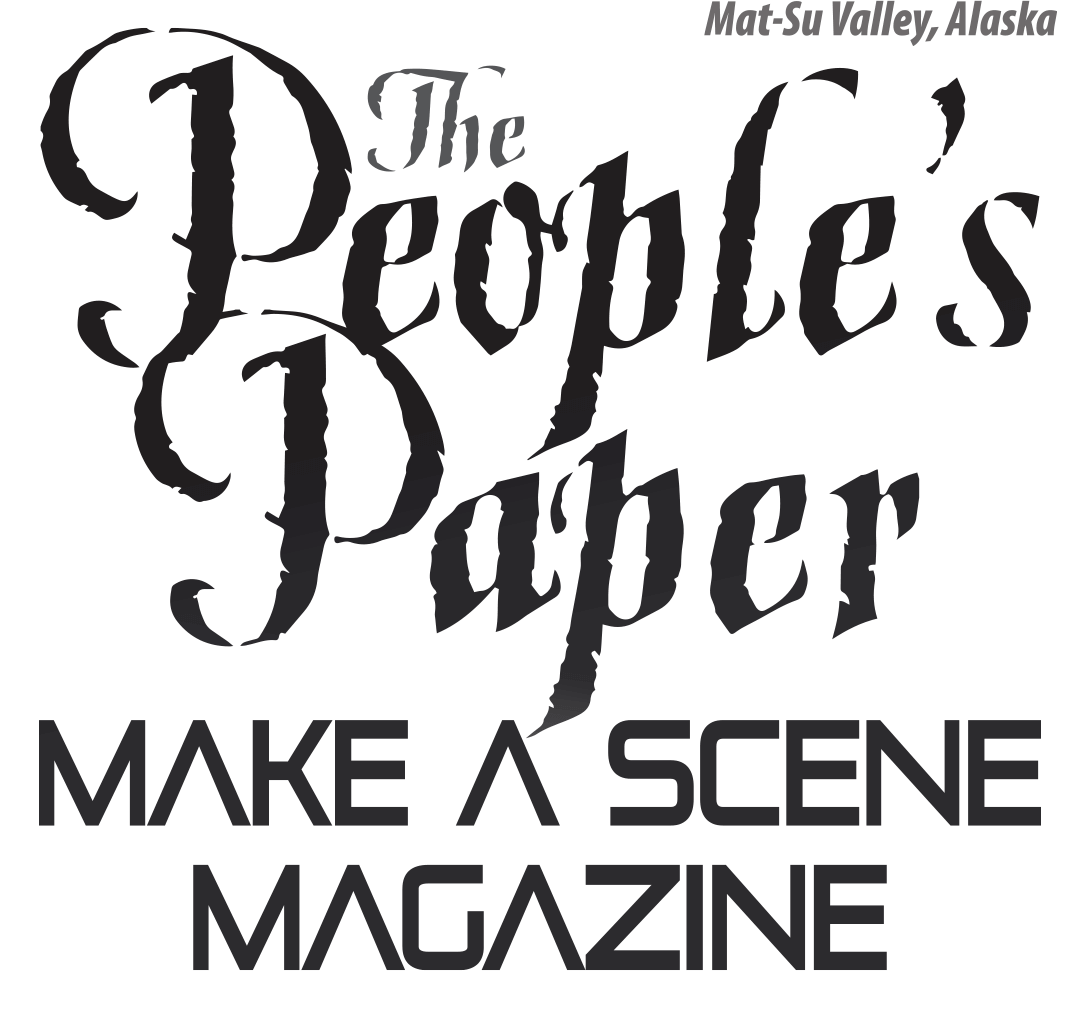Contributed by Richard Estelle, Palmer Museum of History & Art
This month, we consider some photos in the Museum collection that illustrate the importance of “horsepower” in the Valley prior to common availability of trucks, tractors and other machinery we take for granted today.
Most of the early homesteaders in the area did not own a team, or even a single horse to aid in clearing land of trees and planting crops. John Bugge, homesteading in what today is the city of Palmer, was one of the first to have horses in the area, and was known to be generous in loaning them to fellow homesteaders in the vicinity.
Though horses made it possible to accomplish tasks not easily done by hand, and complete more work quickly, these advantages didn’t come without cost. Aside from the initial expense of the animals, and equipment needed to use them to advantage, a great deal of time, effort and resource was invested in just caring for them and keeping them healthy throughout the year. While a team made it possible to place more land under cultivation, a significant amount of that land was required to be dedicated to production of grass, hay and grain just to feed the horses.
Horses are generally intelligent animals; but, like humans, they come with personalities, good days and bad days, preferences and limitations. A team that works well together can be a boon to the farmer. A pair that doesn’t get along can be a disaster. Unlike a tractor, a horse that doesn’t like doing a certain kind of work can be troublesome. And, as illustrated in one of our photos, a horse needs to rest from time to time.
The mid 1930s represent an interesting time of transition in the Valley, as more work horses became available while trucks, tractors and other vehicles were also being introduced. With the Matanuska Colony Project, the government provided horses to the colonists for use on their farms. At the same time, it introduced trucks, busses and caterpillar tractors to the area to enhance construction, transport, land clearing and farming activities. In spite of these introductions, horses continued to play an important part in the lives of some homesteaders, settlers and colonists of the area as late as the early 1950s.
Photo #1 is fom Colonists Neil & Margaret Miller’s collection, shows the couple using their horse to grade their new house site and move timbers into place for the foundation. From the photo, it appears that Margaret may have been the horse wrangler while Neil focused on construction.
Photo #2 is from Colonists Ferber & Ruth Bailey’s collection. We see the team sledding a load of firewood to the farmstead for use in heating their new home. The image also shows part of their new barn prior to its being uniquely clad in horizontal siding, and prior to its being moved to make way for the Glenn Highway to be straightened by cutting through “Bailey Hill”.
Photo #3, from our Irwin collection, shows a fine looking team belonging to the Matanuska Experiment Farm. While other photos in that collection show an early-wheeled tractor in use at the farm, horses continued to be used there for some time. The unidentified woman on the mowing machine appears to indicate that harvest time on the farm called all hands to participate, allowing some to demonstrate their wide range of skills.
Photo #4, from the Bailey collection, offers a view of a team in the Palmer Community Center about 1936. Without information regarding the actual situation, one might provide their own caption: “Done for the day”, “Time for a break”, or “I quit!”.
